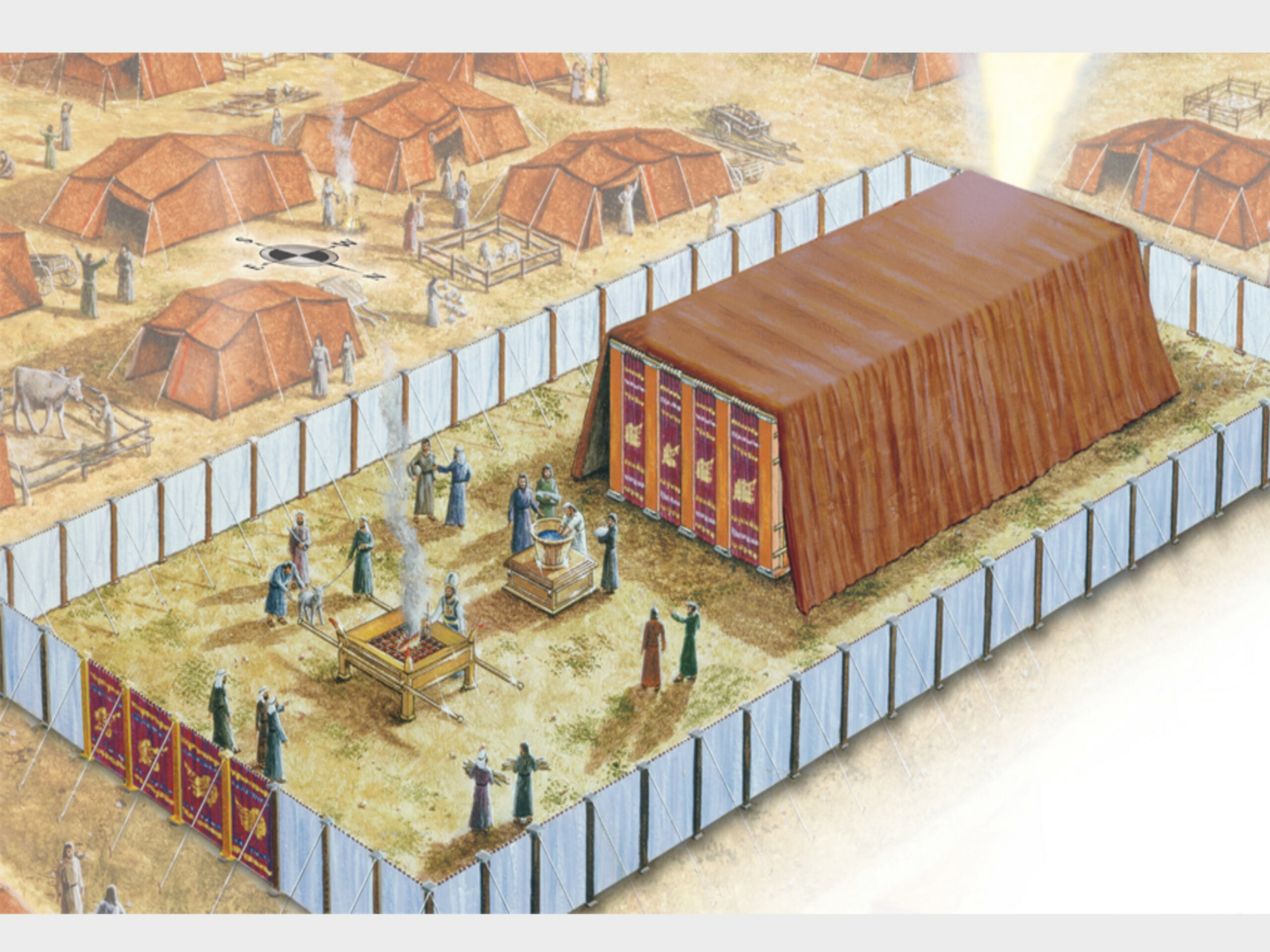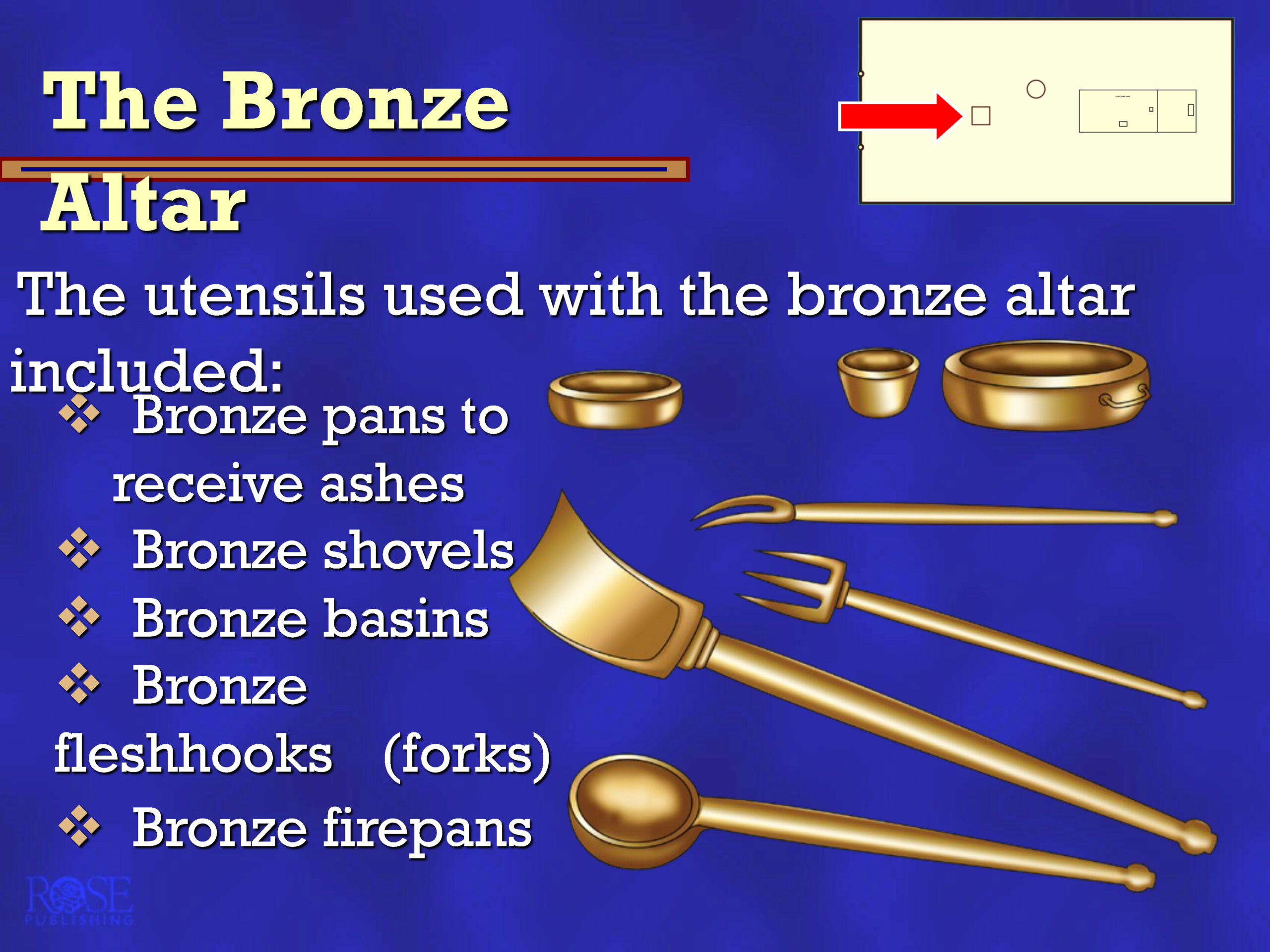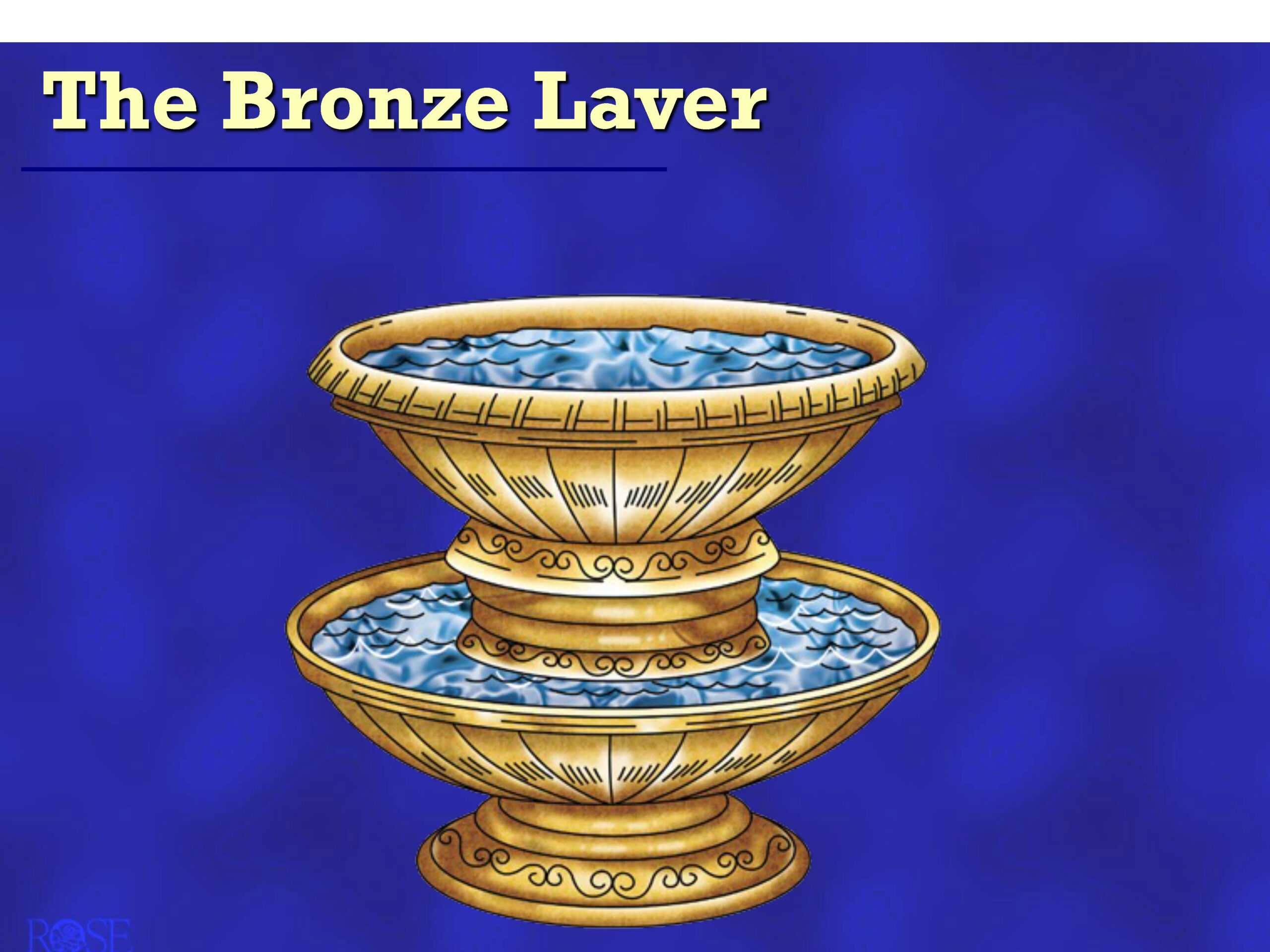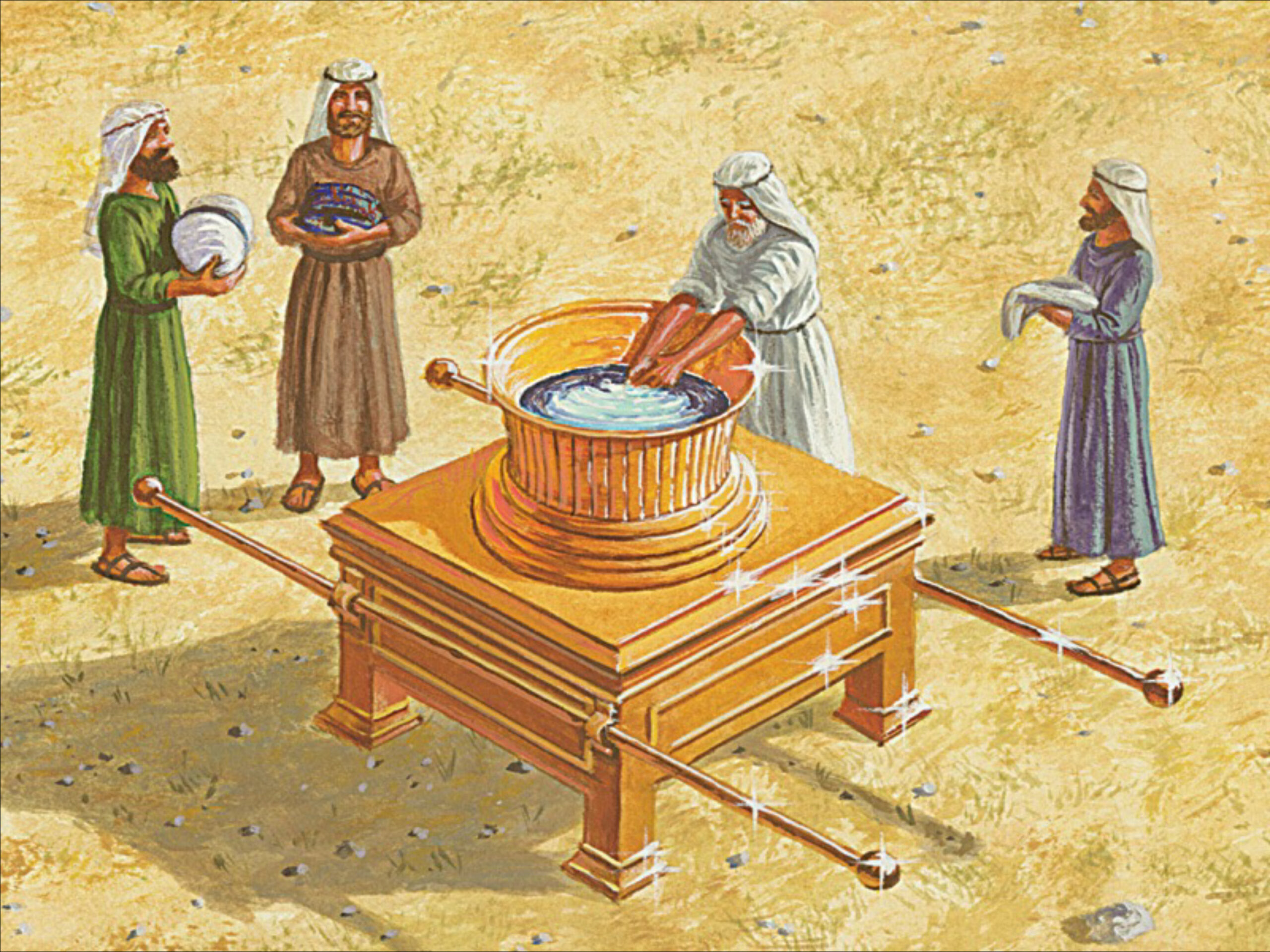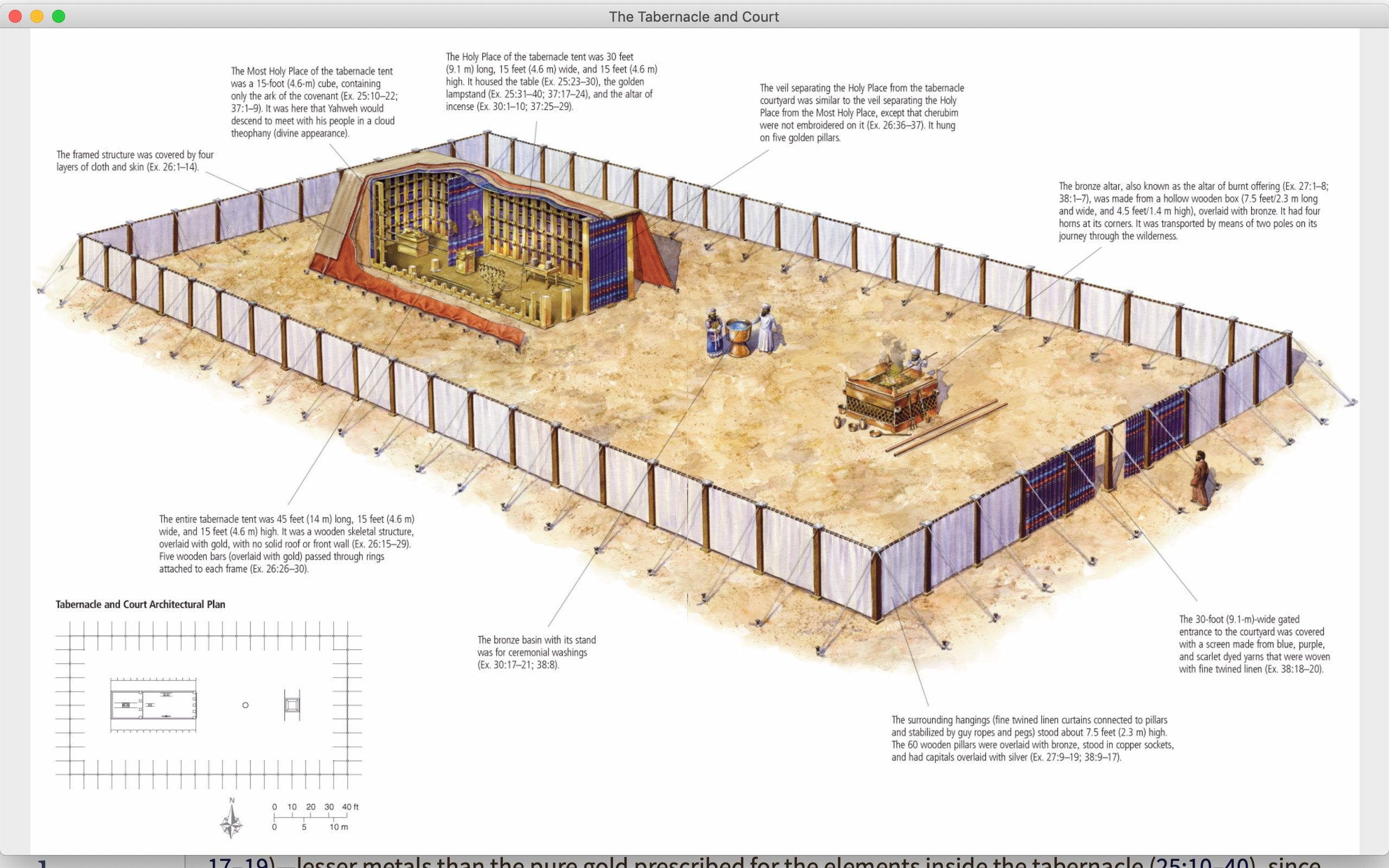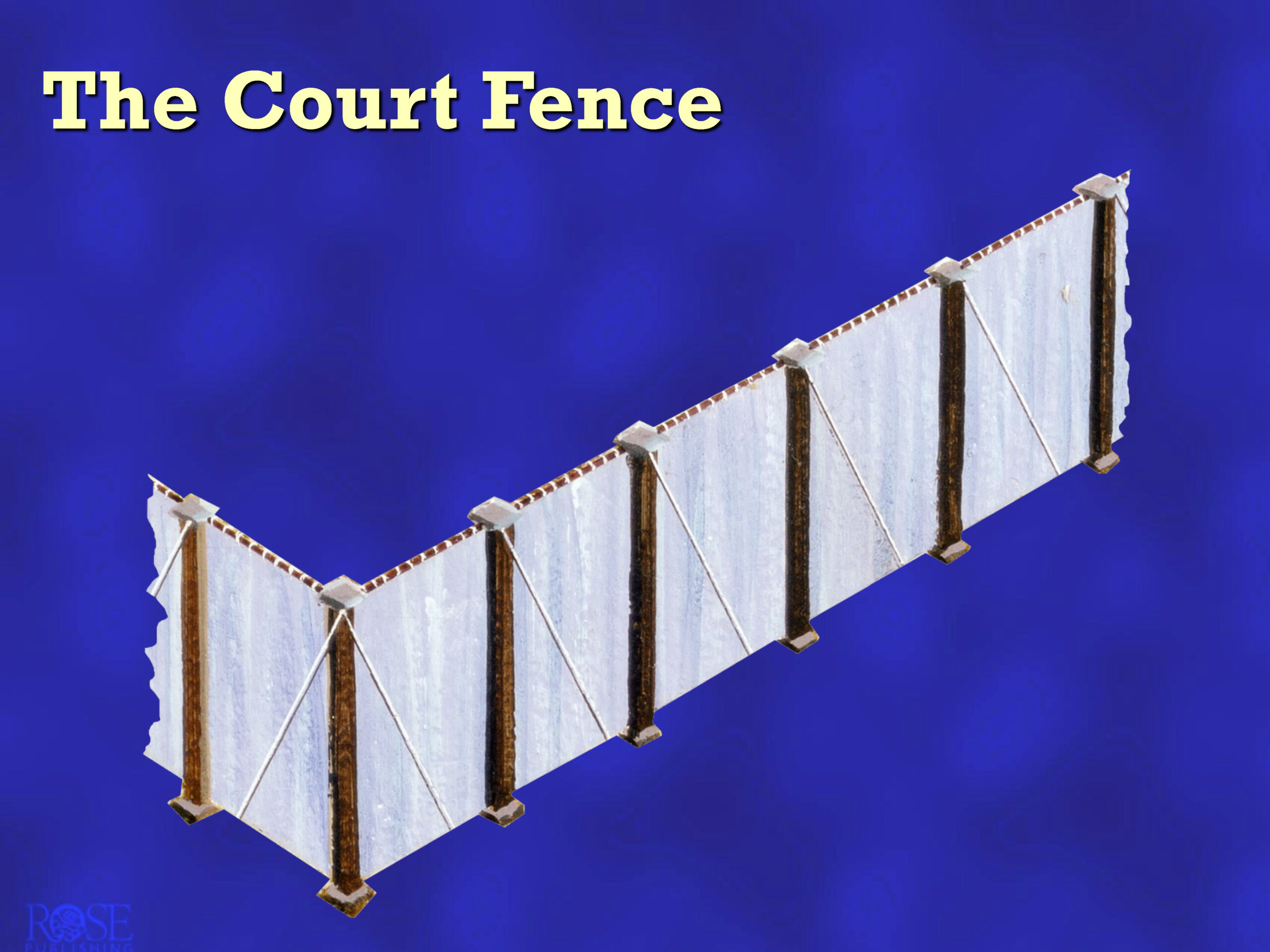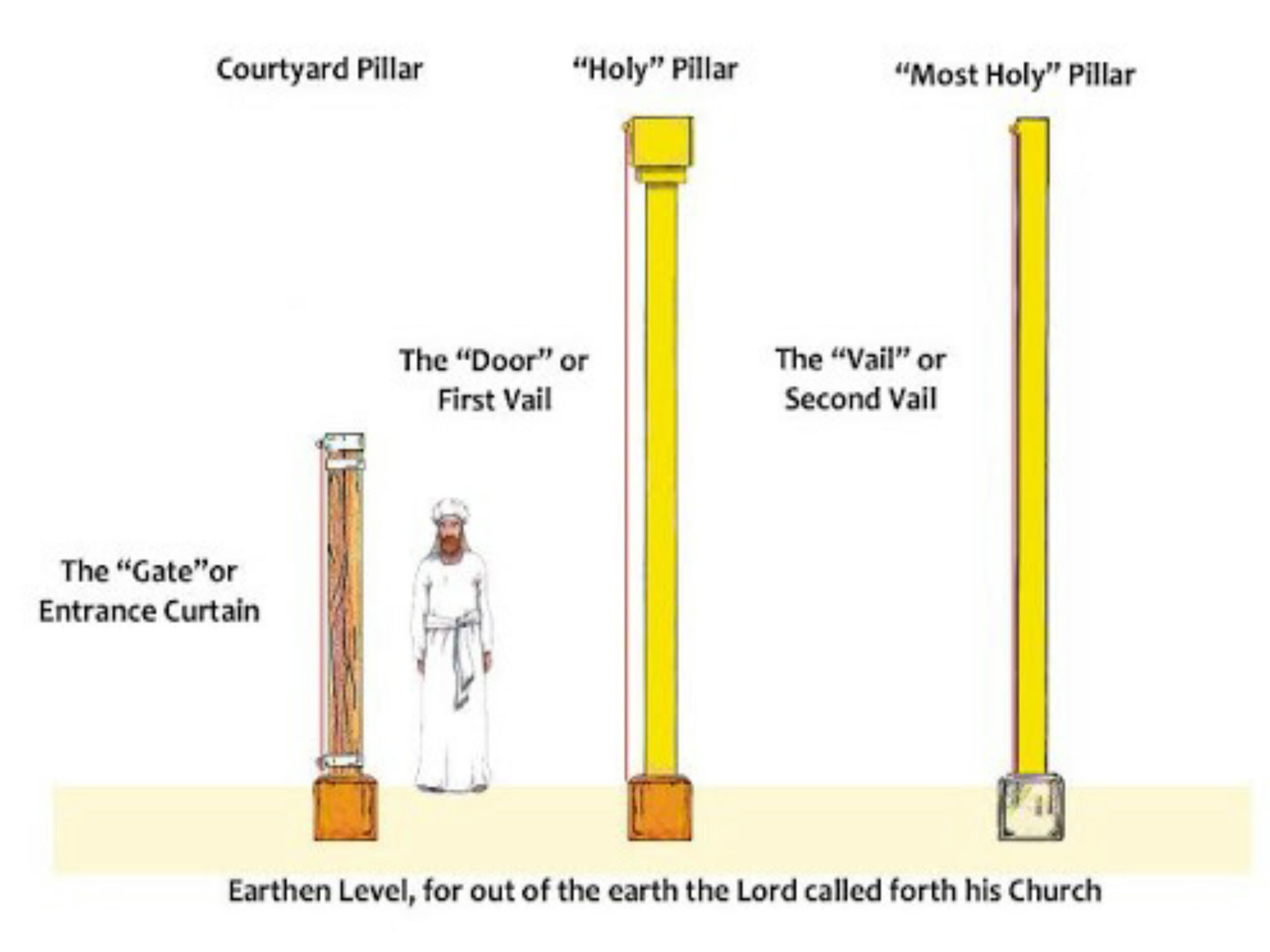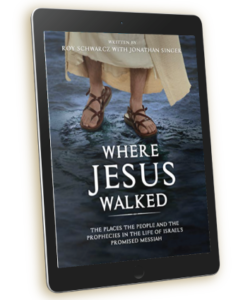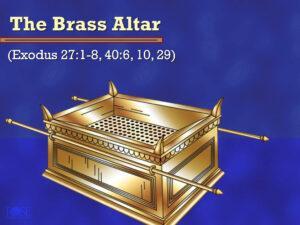
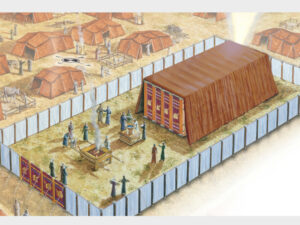
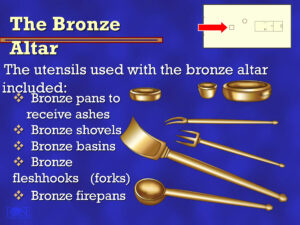

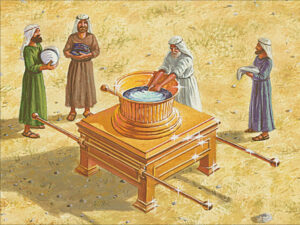
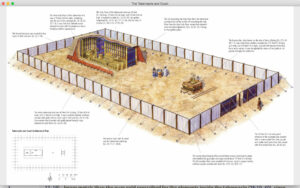
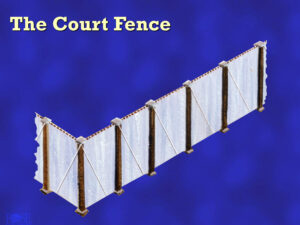
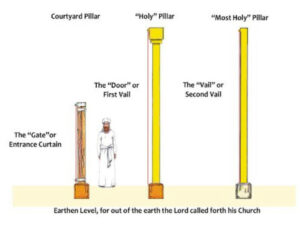
Exodus 39:1 These verses regarding the garments of the Priests compliment Ex. 28. The High Priest represented the people before the Lord and was the model for the rest of the priests. He also served as an example for the entire nation since all Israel is described in Scripture as priests for the nations. Similarly, we have a High Priest today who is the model for those in full time service, just as all of God’s children are called as priests (1 Pet. 2:5, 9; Rev. 1:6;5:10). “I will greatly rejoice in the Lord For he has clothed me with the garments of salvation; he has covered me with the robe of righteousness, as a bridegroom decks himself like a priest with a beautiful headdress, and as a bride adorns herself with her jewels.” As children of God, we have all been called as His priests and given spiritual clothing. We are born with a worldly natural nature Isa. 64:6 For all of us have become like one who is unclean, And all our righteous deeds are like a filthy garment. God sent Messiah to bring us a new supernatural nature. We are called to put on Messiah who is our righteousness. We have two natures one that is carnal natural or fleshly and the other supernatural or spirit filled But put on the Lord Yeshua the Messiah, and make no provision for the flesh in regard to its lusts (Gal 5:13 ff. Rom 13:14). As Priests of The Lord we are to be clothed in His garments to serve Him and others (Illus. 1).
There were four main items in Aaron’s wardrobe: the ephod, the breastpiece, the robe, and the turban. The High Priest, in order to serve God had to put don the right garments. These garments symbolized dignity and honor for serving in the Tabernacle. The garments were made from Gold, silver, linen with blue, purple, and scarlet yarn, the same materials that made up a part of the Tabernacle. He was a “mini-tabernacle” almost a part of the tabernacle structure itself. The High Priest’s sacred garments showed that he belonged in God’s sanctuary.
Exodus 39:2-7 The Ephod was an apron worn over the robe of the High Priest. It represented and carried the names of God’s people before the Lord. God created and chose Israel through Abraham to be His witnesses to a lost world. The ephod was made of blue, purple and scarlet yarn and fine linen, thin sheets of gold were cut and placed in the strands which were worked into the yarn and linen. The shoulder pieces attached to the two corners of the ephod. The waistband was one piece with the ephod and made of gold, blue, purple and scarlet yarns, and fine twined linen. Two onyx stones were mounted in gold filigree settings with the names of Israel’s twelve tribes engraved on them. The stones were fastened to the shoulder pieces of the ephod. When the High Priest went before the Lord, he carried the names of God’s people with him.
Exodus 39:8-21 The Breastpiece was a pouch-like garment with the names of the tribes of Israel and placed on his heart which was before the Lord continually (Illus. 2). The significance is that the High Priest held God’s people near his heart, constantly praying and upholding them before the Lord and serving them as needed. The breastpiece was made of gold, blue, purple, and scarlet yarn and fine linen. It was made square and folded double. There were four rows of precious stones attached to it. The first row held a ruby, a topaz, and a beryl; The second held a turquoise, a sapphire, and an emerald. The third row held a jacinth, an agate, and an amethyst; and the fourth row held a chrysolite, an onyx, and a jasper. The stones were mounted in gold filigree settings. The name of a different tribe was engraved on each of the twelve stones. The Breastpiece was attached to the ephod with braided chains of pure gold. Two gold settings were made along with two gold rings. The rings were fastened to the two corners on both ends of the breastpiece with two gold chains fastened to the rings and attached to the shoulder pieces. An additional two rings were attached to the ephod next to the sash which were tied with blue cords which held the two garments together. In Ex 28:30 we are told that in the pouch of the breastpiece was placed the urim and thummin Heb. lights and darks used to determine God’s will by lot (Illus 3).
Exodus 39:22-26 The Robe was made by a weaver who used only blue cloth. The opening for the head was reinforced with a woven collar so it would not tear when the High Priest placed the robe over his head. Pomegranates made of blue, purple, and scarlet yarn and fine linen were made and attached to the hem of the robe. Bells were made of gold and attached around the hem of the robe between the pomegranates. The pomegranate spoke of abundance and beauty. In orthodox Judaism today it is a reminder of the 613 commandments by virtue of its seeds. The bells function according to Ex. 28 was that the priest would not die. It is believed that the high priest led the other priests into the holy place of the tabernacle in their daily service. The bells on the HP Robe assured the other priests that it was safe to enter the presence of God for their service. If the bells could be heard the high priest was still alive and it was safe to enter and serve. The Robe was seamless, reminding us of the seamless robe worn by Yeshua before his crucifixion. The collar was woven so that it would not tear as a priest was not to tear his garments in mourning.
Exodus 39:27-29 Tunics of fine linen were made by a weaver and served as an undergarment and was made of fine linen and multi-colored yarn. The tunic covered the whole body and was something like a shirt, and worn under, the robe. Earlier in Ex. 29 God instructed the weavers to make linen undergarments to cover their loins. The turban was made of linen, that was attached with a blue cord. Linen is cool and wicks perspiration.
Exodus 39:30-31 Placed on the Turban was the diadem, crown, or headband constructed with one piece of pure gold engraved with the message, “Holy to the Lord”(Illus 4). It was 1 ½ inches wide. It was always worn while the High Priest was within the Tabernacle. The crown had three small holes two on each end, and one in the center located along the upper edge. Through those holes, threads dyed blue were connected in the back of the priest’s head. Those words the crown of the High Priest, declaring that he was to be completely set apart for God’s purpose. The High Priest was called to represent the high standard of holiness, personal sacrifice and service to God and His people.
Exodus 39:32-43 The Tabernacle of God was built and completed by His people. Its construction was built exactly as the Lord commanded. All the work was done. Nothing was left incomplete. All the Lord’s instructions were done exactly, completely, and entirely by God’s people. So, Moses blessed the people.


